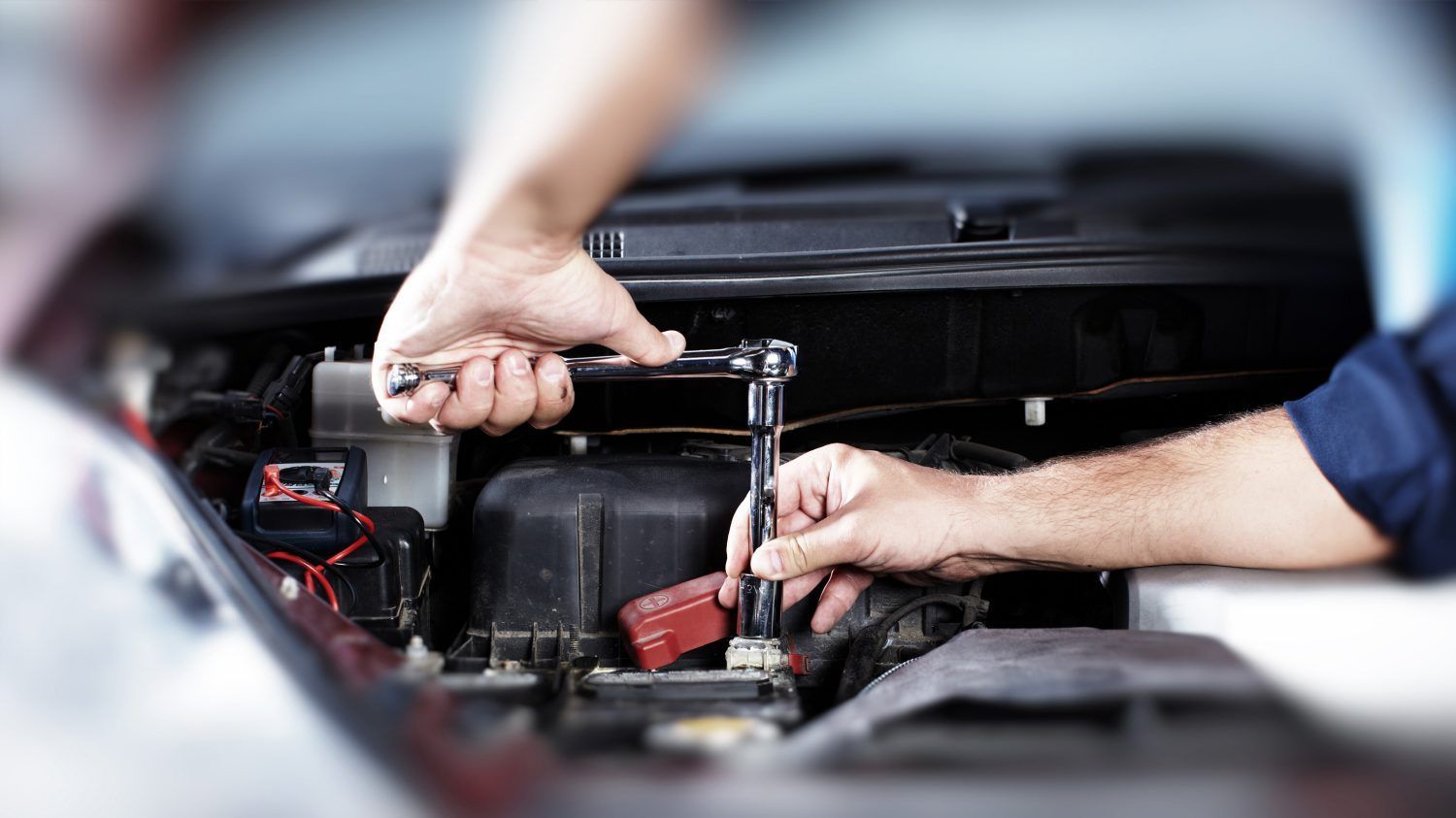10 Best Practices for A Periodic Car Service
Modified On Oct 09, 2015 05:05 PM By Manish
- Write a comment
One of the major concerns for any new or potential car owner is the service cost affiliated with the brand they plan on purchasing. This means, potential car buyers generally opt to buy economically priced cars or cars offered by a well established automaker. But that needn’t always be the case. New automakers are designing their latest offerings to provide competitive maintenance costs and with minimalistic attention you can bring down the service costs for your adored ride. Here are some professional tips on maintaining your car’s engine We’ve also compiled 10 simple steps that you can take to harness prolonged and efficient service from your car.

Step 1: Regularly Check the Condition of Engine Oil
A driver should ensure that the engine oil is regularly inspected and changed on prescribed time intervals. This is one of the most economical precaution that one can take to ensure longevity of their engine's service. Over the course of time the engine oil deteriorates, especially organic engine oils in comparison to the relatively expensive synthetic oils. Old oil can put engine components through unwarranted friction and stress that will eventually cause wear and tear of components.
Step 2: Top-up Engine Oil
Engines, even modern engines are designed to function effectively in optimum conditions. One of these conditions is the availability of necessitated quantities of engine oil. When an engine runs on depleted or insufficient quantity of oil, it is subjected to strain that might cause it to overheat, which may lead to metal components breaking of and entering the oil. These metal bits can harm the engine beyond repair by causing excess friction.
Step 3: Change Coolant Periodically
The cooling system should be flushed and coolant should be refreshed according to recommended time intervals . Even modern engine components are designed to function at specific optimum temperatures and old coolant may cause overheating of the vehicle, which may result in a complete breakdown.

Step 4: Check Coolant
A 50/50 mix of distilled water and coolant (usually, as in some car this may vary according to their performance attributes) will make sure that your cooling system function in its optimum shape. This will also ensure prevention from corrosion and prevent deposit build-ups inside cooling system, as the coolant act as a lubricant for the moving parts in the system.
Step 5: Refreshing Differential and Transmission Oils
Transmission and differentials are components that act as a bridge between the power developed by the engine and momentum gained by the wheels. These parts do not require frequent service but in order to maintain transmission efficiency their fluids must be changed according to the service intervals prescribed in the user manual.

Step 6: Use Right Lubricants for the Right Job
Synthetic oils provide better lubrication in comparison to that offered by mineral based transmission and differential fluids. One should use transmission fluids that come with recommended viscosity levels suggested by the manufacturers and follow the same approach for other components of your vehicle.
Step 7: Cleanliness Needn’t Always be Godliness
Washing the car is not limited to motivations that are courtesy of aesthetic favoritism. Washing the car everyday might result in doing more damage than good, though washing the same in a particular manner will help to maintain its aesthetic integrity. But this attention to detail should not be restricted to the outside. Underpinnings of the car require just as much attention and cleansing. All the muck that gets stuck under the car might eventually cause corrosion and rusting that may result in leaks, cracks and probable breakdown.

Step 8: Wax On and Wax Off
Apply a fresh coat of wax every 6 months, as it will keep your paint protected and looking good. There are different types of wax available in the market for different body types viz. metal, plastic and others. Exposure to extreme heat over the course of time may cause the interior plastic to crack. One should park the car in shade, use window deflector screen and if possible apply a UV protectant on these surfaces.
Step 9: Keep Component Greased up
Most parts requires grease to help ensure prolonged and effective functionality. For instance, ball joints in the suspension arms require periodic greasing to eliminate friction, this need presents itself every 50000 to 60000kms in most cases. Components such as u-joints also require regular lubrication, so one should keep a note and check this driveline component periodically and get it serviced. One should also inspect wheel bearings and get their grease replaced according to service intervals.

Step 10: Monitor Delicate Fluids of Your Car
Certain fluids in the car are hygroscopic, which is to say they absorb and retain water or moisture easily, which may cause components to corrode causing them to fail. Keeping a check on the quality of these fluids and getting them replaced on recommended time intervals will get you optimum service out of your vehicle. Making sure you follow these simple steps and drive with caution. This will make your carstay close to your heart for a considerable period of time and easy on your pockets.









![Why Choosing The Right Engine Oil Is Most Important For Your Car’s Health [Sponsored Feature] Why Choosing The Right Engine Oil Is Most Important For Your Car’s Health [Sponsored Feature]](https://stimg2.cardekho.com/images/carNewsimages/userimages/19541/Lubricant.jpg?tr=w-360?tr=w-89)



